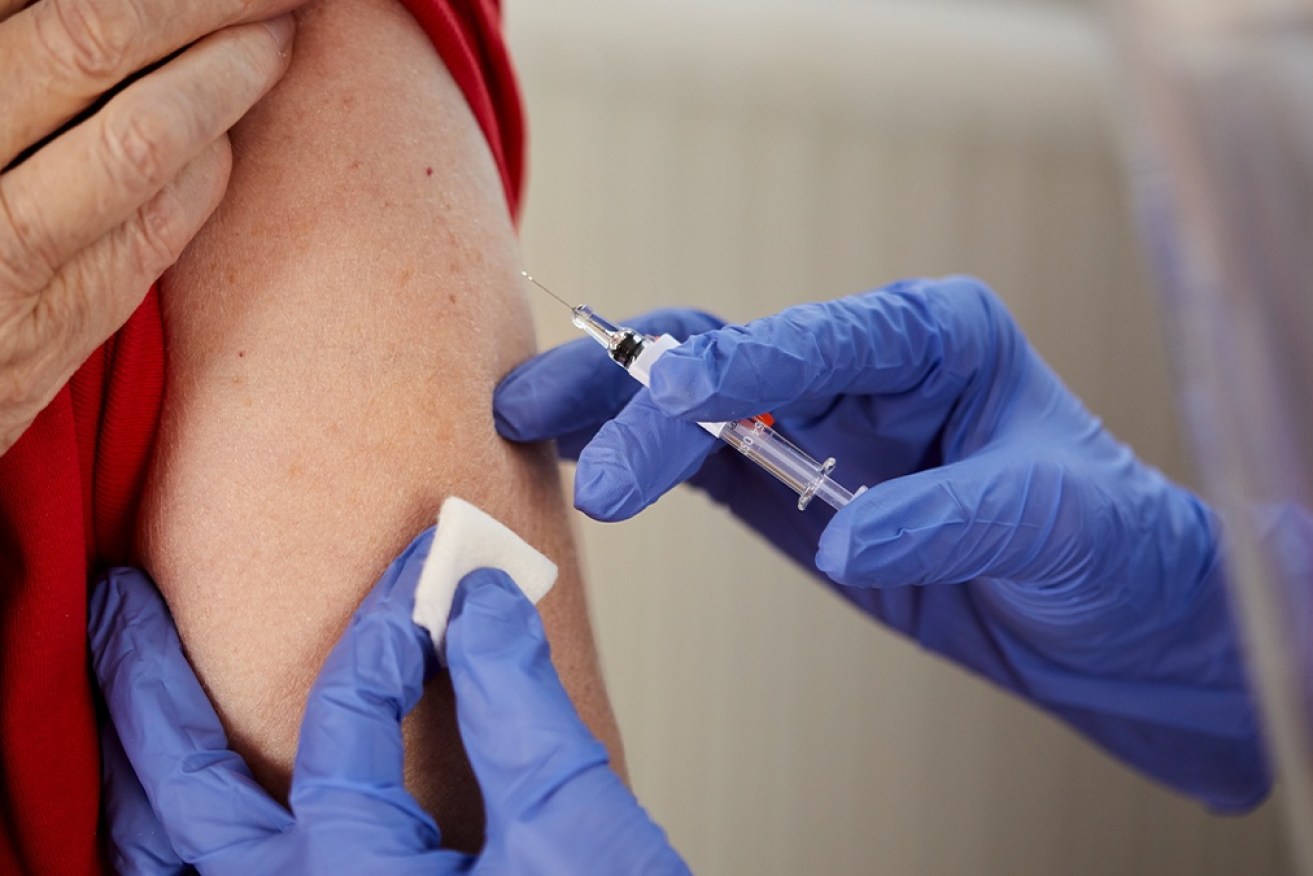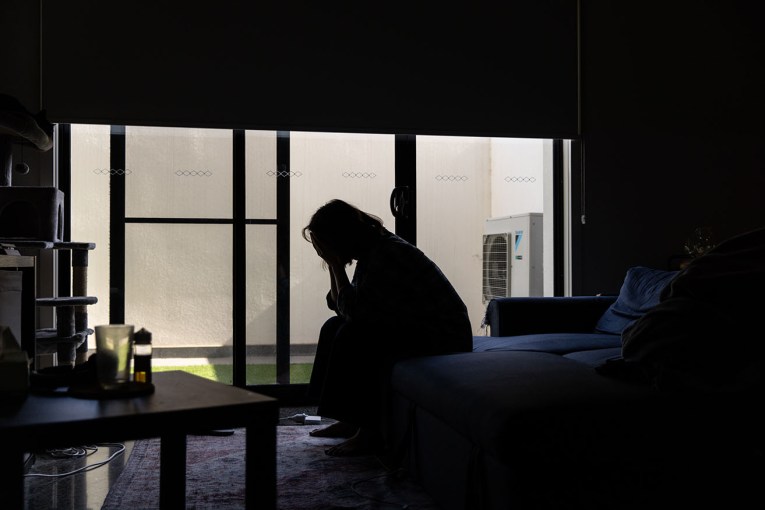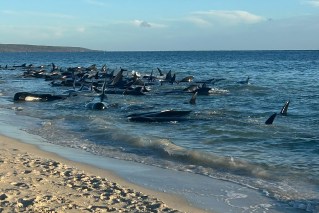Second booster shots rolled out to older and vulnerable Australians may be the new normal


Over 65? The best protection against the misery of shingles is now free to those over 65. Photo: Getty
Some Australians are now eligible to receive a second booster shot as winter approaches, bringing with it an expected surge in COVID-19 cases.
The number of active cases in Australia has surpassed 500,000 for the first time since January, when the initial Omicron wave subsided.
Experts say the cold weather – forcing people indoors and into closer proximity – combined with the more transmissible Omicron BA.2 sub-variant have likely contributed to the spike.
From Monday, people aged 65 years or older, and Aboriginal and Torres Strait Islander people aged 50 years and older, are among those eligible for a second booster shot.
Residents in aged care or disability care facilities, including those under 65, and people aged 16 and older who are severely immunocompromised are strongly encouraged to have a second booster dose.
People can have their second booster four months after receiving their first.
What are the benefits?
According to the Australian Technical Advisory Group on Immunisation (ATAGI), the benefits of a second booster shot are supported by limited pre-print data from Israel, where the overall fourth dose of the vaccine was rolled out earlier this year.
The evidence suggests that in higher-risk people, aged 60 years and older, an additional booster dose of the Pfizer vaccine “resulted in a 2-fold lower rate of confirmed infection and a 4.3-fold lower rate of severe illness”.
Research shows severely immunocompromised people have a suboptimal response to COVID-19 vaccines, compared to immunocompetent people, even after three doses of the vaccine.
“With a lower total antibody level, any waning of protection can leave people more susceptible to breakthrough infections,” ATAGI said, particularly in immunocompromised people.
Giving additional boosts will ensure the best chance of reduced disease.
Though protection from three doses wanes after a few months, ATAGI does not currently recommend an additional booster shot for healthy people who are not listed in one of the selected groups.
That includes workers in aged care, residential care or health care.
Whether that changes depends on the data.
Going forward
It’s the question everyone is asking: What does a future with COVID-19 look like?
Frankly, no one can say for sure. But for those particularly invested in our vaccine data, Telethon Kids Institute has launched COVID-19 booster research to investigate the most effective, long-term strategies for booster vaccinations in Australia.
The research will investigate whether immunity can be maximised by “mixing” different types of vaccine boosters, as well as how long this protection can last for.
The research will also try to answer if there will be a need for a yearly COVID-19 vaccine, similar to the flu shot.
Professor in immunology at Murdoch University, Cassandra Berry, believes this is inevitable.
Professor Berry said the virus is quite clever at evolving, particularly in countries with much lower vaccination numbers, giving it a chance to “replicate and mutate”.
She hopes Australia will take the lead on intranasal boosters as a vaccine option.
“If you spray it up your nose, then you’re actually protecting that mucosal surface, where the virus is going to invade. So you would have your immunity right there at the battleground, waiting for the enemy to come in,” Professor Berry told The New Daily.
As an example of what this could look like, Professor Berry referenced America’s FluMist Quadrivalent nasal spray vaccine, which helps protect people against four different strains of the flu.
Similar to other live vaccines, FluMist contains a weakened live virus that triggers an immune response in the nose, where you usually catch the flu.
Once triggered, the immune system builds defences (antibodies) mainly in the nose.
“No needles. That would be something I think would be great for Australia to take the lead on.”
For now, stay vigilant
Winter is coming.
Professor Karen Price, president of the Royal Australian College of General Practitioners, said we must continue to stay vigilant as winter approaches.
“Australia has been protected because Australians have heeded the call and gotten vaccinated. It hasn’t been by accident that Australia has been largely spared the terrible situations we have seen overseas,” Professor Price told TND.
“What we don’t want is for people to think, ‘Well, we’re OK now’. We need to keep listening to the official advice and make sure we’re protected as we come into winter.”
As well as being vaccinated, that means using masks in crowded places, particularly in close environments, maintaining social distancing and sanitising our hands.
If we can do that, Professor Price said life with the virus can be reasonably comfortable.
“Although we need to remember there are very vulnerable people in our community and they are depending on the rest of us to do the right thing,” Professor Price said.








